Description
Hyssop Herbs
Hyssop (Hyssopus officinalis) is a herbaceous plant belonging to the mint family (Lamiaceae). It is native to Southern Europe, the Middle East, and the region surrounding the Caspian Sea. Hyssop has been cultivated for both culinary and medicinal purposes for centuries. Here are key characteristics and uses of hyssop:
Characteristics:
- Appearance:
- Hyssop is a perennial herb with upright stems, small lance-shaped leaves, and spikes of tubular flowers. The flowers can be blue, violet, pink, or white.
- Aromatic:
- The leaves of hyssop are aromatic and have a slightly bitter taste. The plant’s aroma is due to the presence of essential oils.
Culinary Uses:
- Flavoring:
- In culinary applications, hyssop is used as a flavoring agent. Its leaves have a mildly bitter taste and a somewhat minty, camphor-like aroma.
- Culinary Pairings:
- Hyssop has been used to flavor salads, soups, stews, and sauces. It pairs well with meats, especially lamb, and is sometimes used in the preparation of liqueurs.
Medicinal Uses:
- Traditional Medicine:
- In traditional medicine, hyssop has been used for various purposes, including its potential expectorant properties, which may help in easing respiratory issues.
- Respiratory Support:
- Hyssop has been historically employed to alleviate symptoms of respiratory conditions such as coughs and bronchitis. It is believed to have expectorant and cough-suppressant properties.
- Antimicrobial Properties:
- Hyssop contains compounds with potential antimicrobial properties, and it has been used to address certain infections and to support overall immune health.
- Digestive Aid:
- Some traditional uses involve hyssop as a digestive aid. It has been used to address indigestion and gas.
Preparations:
- Tea:
- Hyssop can be prepared as an herbal tea by steeping the leaves in hot water. This tea is sometimes consumed for its potential medicinal benefits.
- Essential Oil:
- Hyssop essential oil, extracted from the leaves and flowers, is used in aromatherapy. It is known for its invigorating scent and is sometimes used topically (diluted) or in diffusers.
Cautions:
- Pregnancy and Allergies:
- Pregnant or nursing individuals should exercise caution with hyssop, and those with allergies to plants in the mint family should avoid it.
- Medication Interactions:
- As with any herbal remedy, it’s important to consult with a healthcare professional before using hyssop, especially if you are taking medications or have pre-existing health conditions.
While hyssop has a long history of use in traditional medicine and culinary applications, it’s essential to approach its use with knowledge and care, seeking advice from healthcare professionals for individual health concerns.

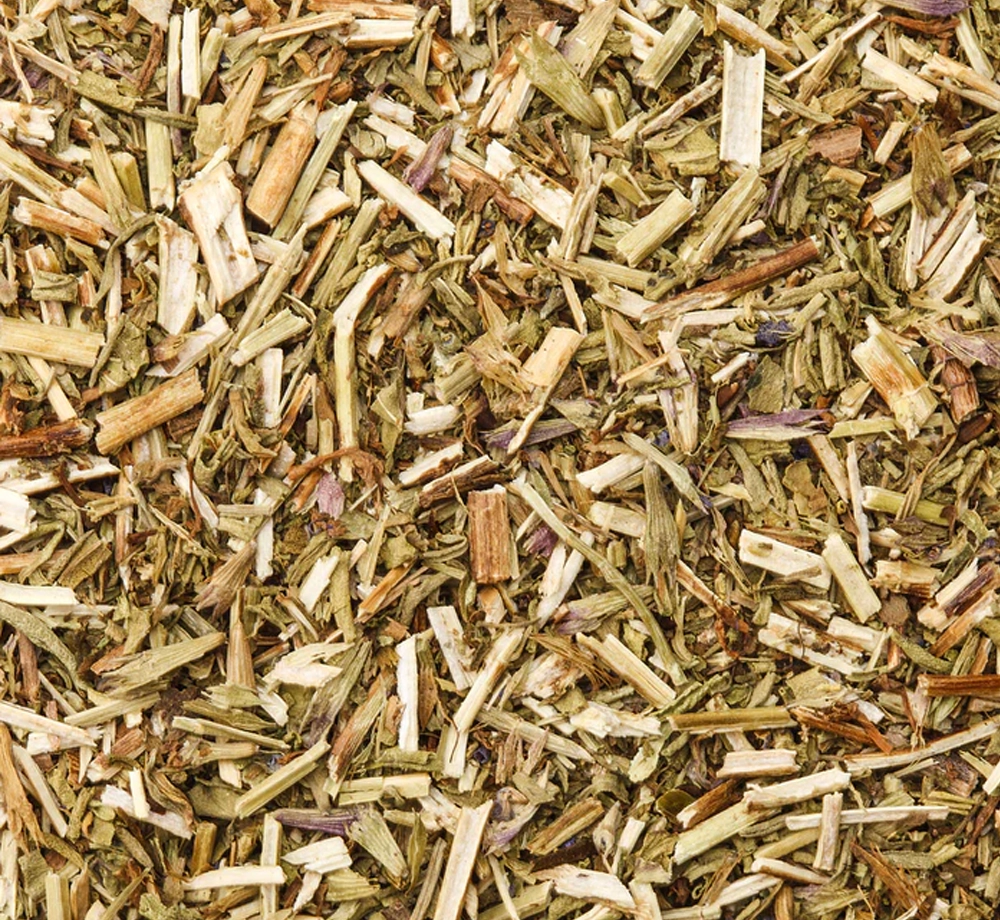


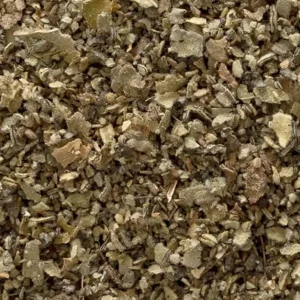
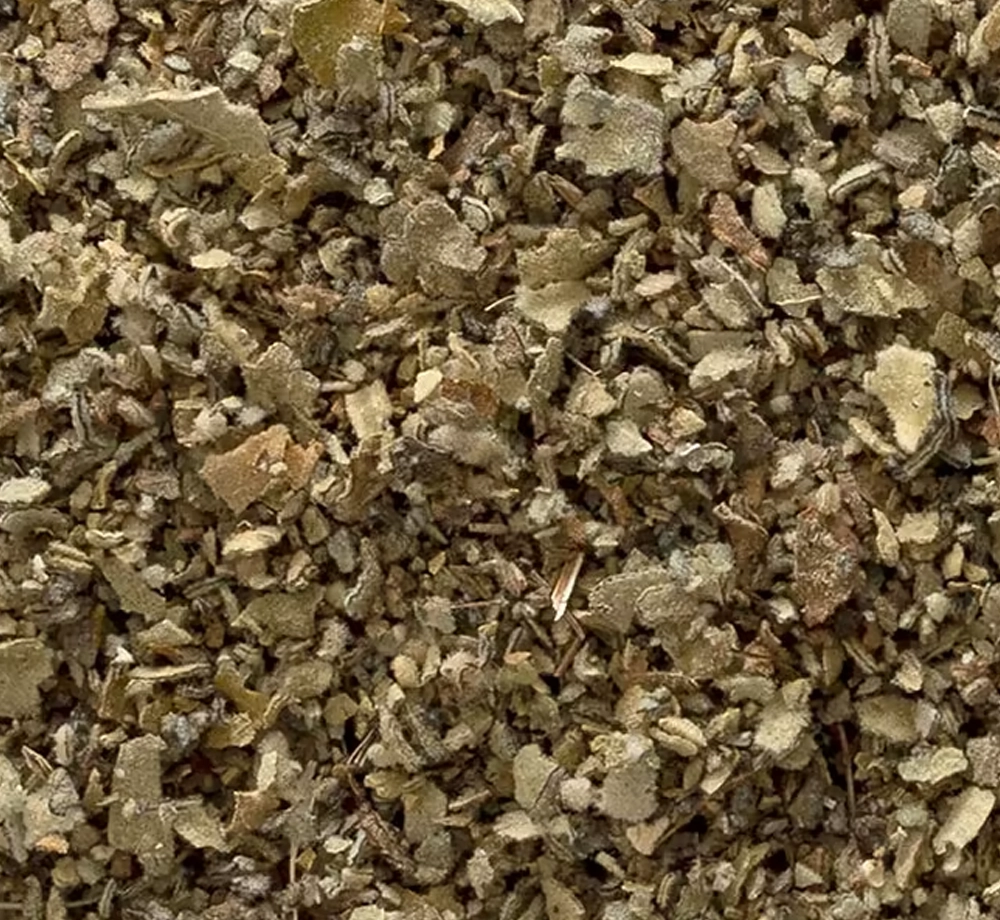
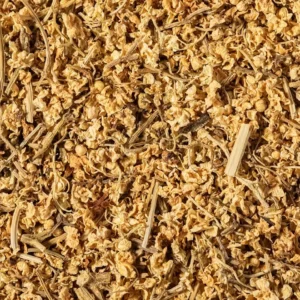
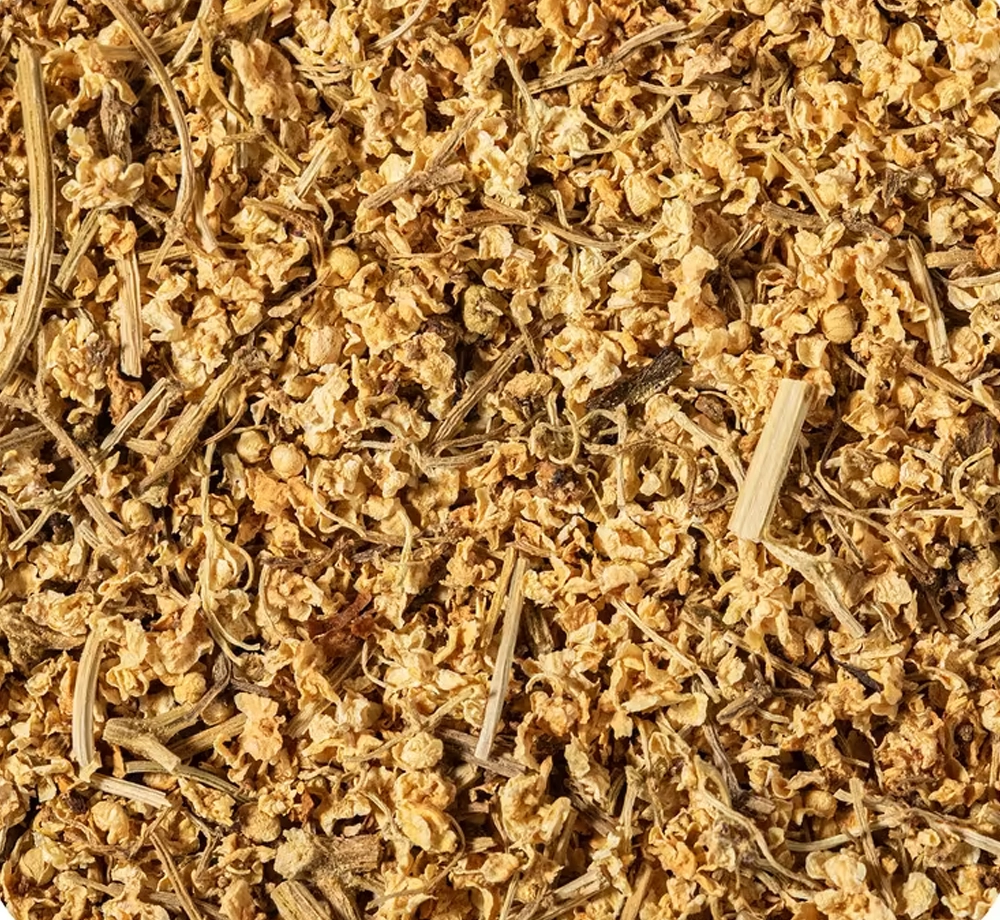
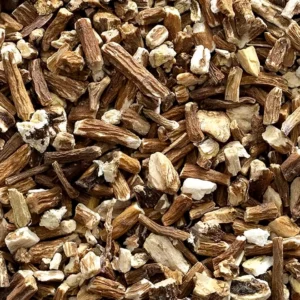
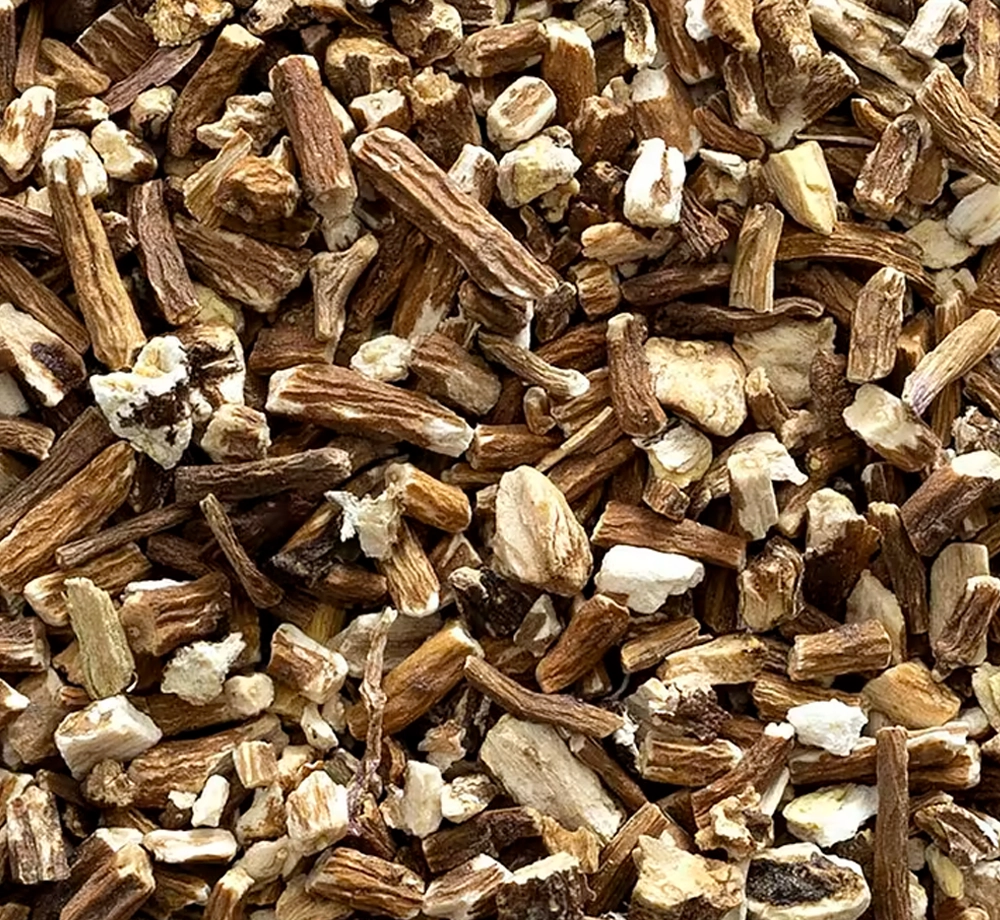
Reviews
There are no reviews yet.